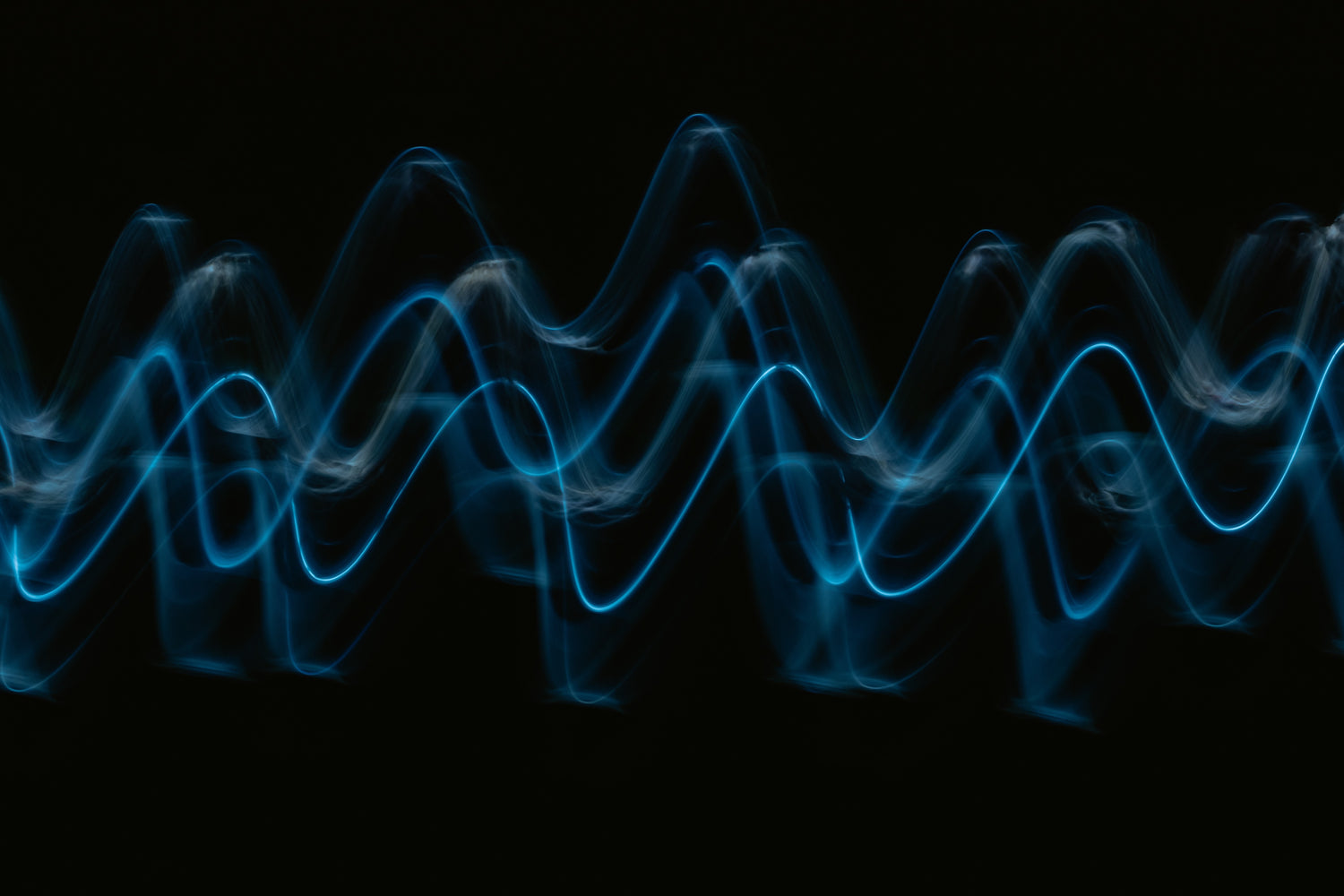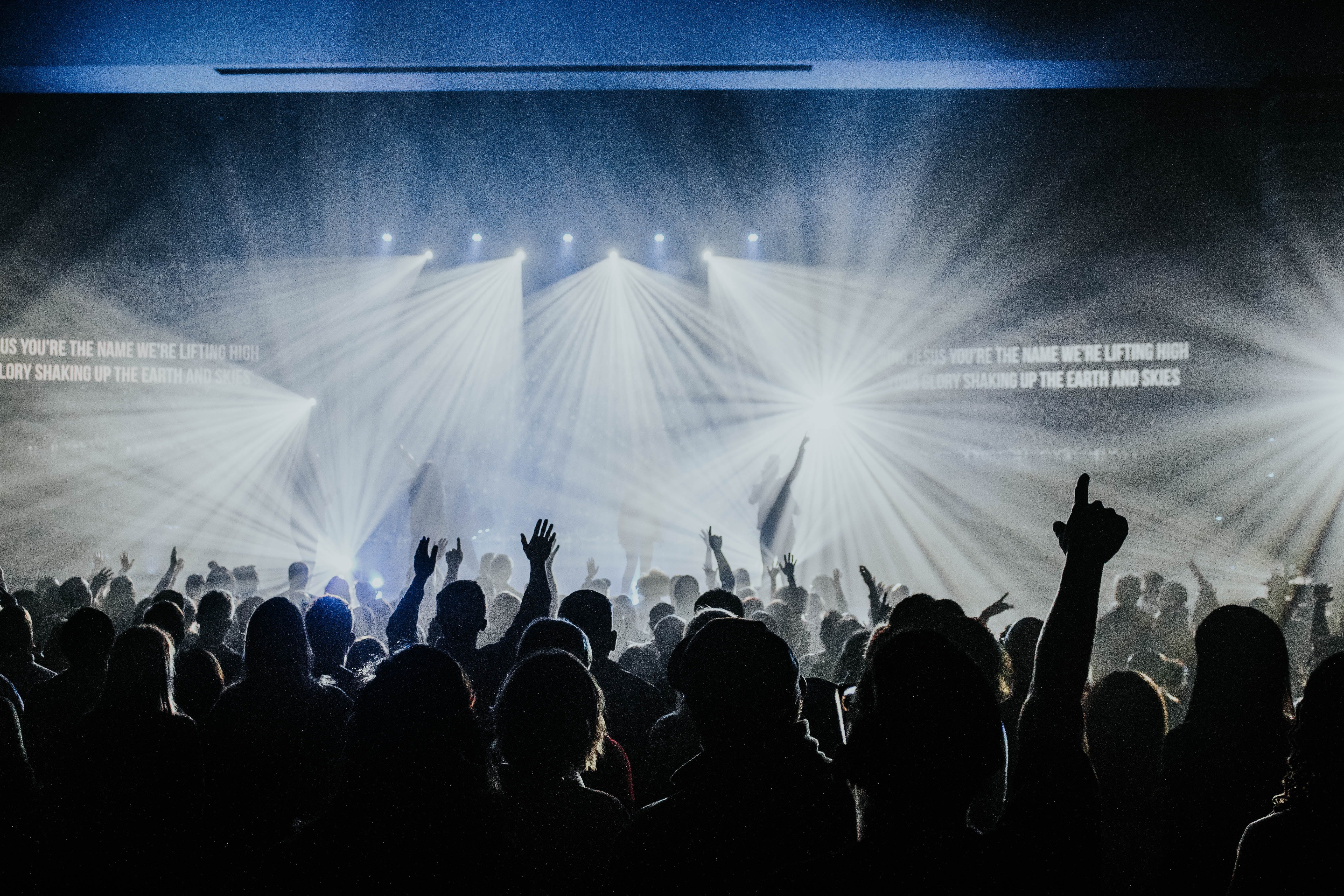Photo by Pawel Czerwinski on Unsplash
Reverb is a dear friend for so many of us. It gives volume and character to our vocals, and even cleans up our mistakes. For guitarists, bassists and vocalists alike, a good reverb pedal is a staple in any gear setup.
Websites are constantly reviewing reverb pedals, new and old. You can watch demo after demo on YouTube and compare features to find your ideal device.
It's a blessing for sure. Believe me. My high school band played "Lucky" by Radiohead at the talent show and I was flat the entire time. Which is weird, since I distinctly remember shimmying at one point from how confident I felt. Whatever. The point is: every time I've gotten on stage since then I've asked the sound tech for a "nice, long reverb."
But what is reverb, actually? And how did we get to the point where pedals come in all shapes and sizes according to our preferences?
The Science of Reverb: What is it?
If you were to attend the American Academy of Audiology, you might study under a guy named Michael Valente. He developed a simple reverb definition in his book Audiology Treatment. He called it "a persistence of sound after the sound is produced."
He was talking about reverb in the context of sonic therapy. Still, let's use that as a working definition. Whatever you describe it as, we know it adds length and depth to a sound.
If that's how we perceive reverb, how does it actually happen?
As you probably know, it's a natural phenomenon. When you sing a note, play a chord or clap your hands, the sound you emit is subject to manipulation from the environment.

Photo by Divya Agrawal on Unsplash
If you belt out an absolutely silky G4 in a huge church. . .that's sick. But also, that sound is going to reflect off the walls, the furniture and especially the air that extends down the aisles and fills the room.
Those reflections pile up on each other, and the more there are the longer the sound will take to dissipate, or "decay." That's what creates the "persistence" to which Valente was referring.
In fact, it turns out every object in your room has something called an "absorption coefficient." That measures how much a certain surface absorbs sound vs. reflects it. Architects would even take this into account when constructing churches or concert halls. They'd design spaces to maximize the reverberation potential.
Folks were allllll about this during the 19th century. A physicist named Walter Sabine even created an equation (named after himself) to determine a sound's time of reverberation. I don't know what all the symbols mean, but by experimenting with it Sabine was able to determine that the length of reverb depends on how reflective the entities in the room are. If the reflection is "coherent" - meaning it absorbs very little sound - it'll take longer to decay. Here's the equation:

That kind of scientific consideration is important for music. For centuries now, composers have conducted performances in cathedrals, ballrooms and even caves to give their music a larger force.
The History of Reverb in Music
If you were in a 1940s pop band, what would you name it? The Harmonicats? I bet.

The first time producers created a reverb effect on a professional track was for a band by that exact name. That was in 1947. They put a microphone in a bathroom, tossed in a speaker and hit record. That validates the fact that all I do for my vocals is sing in the bathroom with a sock over the mic.
Sure, there were recordings with reverb before this, but all that meant was putting the singer further away from the microphone. In the case of The Harmonicats, they were creating reverb, not just capturing the kind you get from adding more space.
What was so novel about the bathroom trick was that Bill Putnam Sr. (producer for The Harmonicats) could change the amount of reverb at will, not to mention stop and start it whenever he chose.
The fact that the song was successful may have strengthened the push in production to increase artificial reverb, and create better and better devices to do it.
Plates, Levers and Backlit Buttons
Then, someone (the engineers at Elektromesstecknik, a German music company) figured out that if you hand a metal plate inside a big box and use a transducer to input sound into it, the plate will vibrate, creating an effect similar to those you get from modern reverb pedals.
Elektromesstecknik (EMT) began creating devices that would pick up the sound from within the box and transfer it into the main signal output. As a result, EMT became a mammoth in music history. Their flagship plate reverb device, the EMT 140, is still used today.
But they didn't stop there. Their EMT 250 (1976) marked the point at which artificial reverb moved from analog to digital.
If this were the 1988 movie Twins, the EMT 250 was Danny DeVito and the 140 was Shwartzenegger. Like, uh, one second.
Like this:

The 250 was smaller than the 140. It had shortcomings, but it was state-of-the-art and more stable than its predecessor.
Even so, plate reverb devices remained subject to outside noises and therefore had to be isolated as much as possible. That limited recording efficiency.
These early digital reverb devices had a rolling chassis, levers and backlit buttons. The levers were the main mechanism to control the reverb. A lot of brilliant minds made this happen. Among them was Barry Blesser, an MIT professor who managed to create an algorithm for the machine's cues and circuitry.
Digital reverbs started to roll out more and more over the next decade, most of which offered an affordable alternative to the EMT 250, which sells for more than 10k to this day. All of the new devices created various ambient spaces by layering lines of delay feedback. Then, they would have them conjoin as they were dispersing.
That now-vintage tone is still highly sought after, whether for its inherent authenticity or nostalgia purposes.
Digital Reverb Forever. . .and Ever
Now we're in 1999. Y2K is right around the corner, and SONY simply does not care about the coming robot revolution. They come out with the DRE S777. Where all previous digital reverb devices had been based upon algorithms, the S777 used actual audio samples from real world spaces.
This became known as convolution processing, and it produced sounds with higher fidelity to natural reverb than any of its predecessors.
This was a massive progression in the way reverb was viewed, processed and recreated. The pedals we have now - or the ever more popular plug-ins - formed from this focal point. They grew more and more compact, efficient, and customizable.
That brings us to today, where reverb pedal giants like the Strymon BigSky are now accompanied by special effect reverbs, memory cards and foot switches capable of controlling the size and shape of a reverb sound. And it will just continue to grow.
Pretty wild to think that it began with The Harmonicats' "Peg O' My Heart," an instrumental rendition of an Irish love song dating back to the early 20th century.
Class Dismissed
Thanks for coming to "What is Reverb? 101" Not sure yet what we'll do for 202, but it'll be even more in depth, and as funny as this one was (i.e. marginally).
We create all our content around the questions, concerns and suggestions of our customers. Whatever you want to learn or ask about, please let us know in the comments section.
The Singular Scholar Series is a rolling blog of humorous histories and in-depth discussions. Get early admission to class by following us on:
- Twitter: @singularsound
- Instagram: @singularsound
- Reddit: r/SingularSound
- or Facebook: /mybeatbuddy
You should also subscribe to our newsletter so you can decide who is funnier, me or Anthony.
We're all students of music and history. We hope our content helps to drive your passion forward.
Keep rockin' everyone.




Leave a comment
All comments are moderated before being published.
This site is protected by hCaptcha and the hCaptcha Privacy Policy and Terms of Service apply.